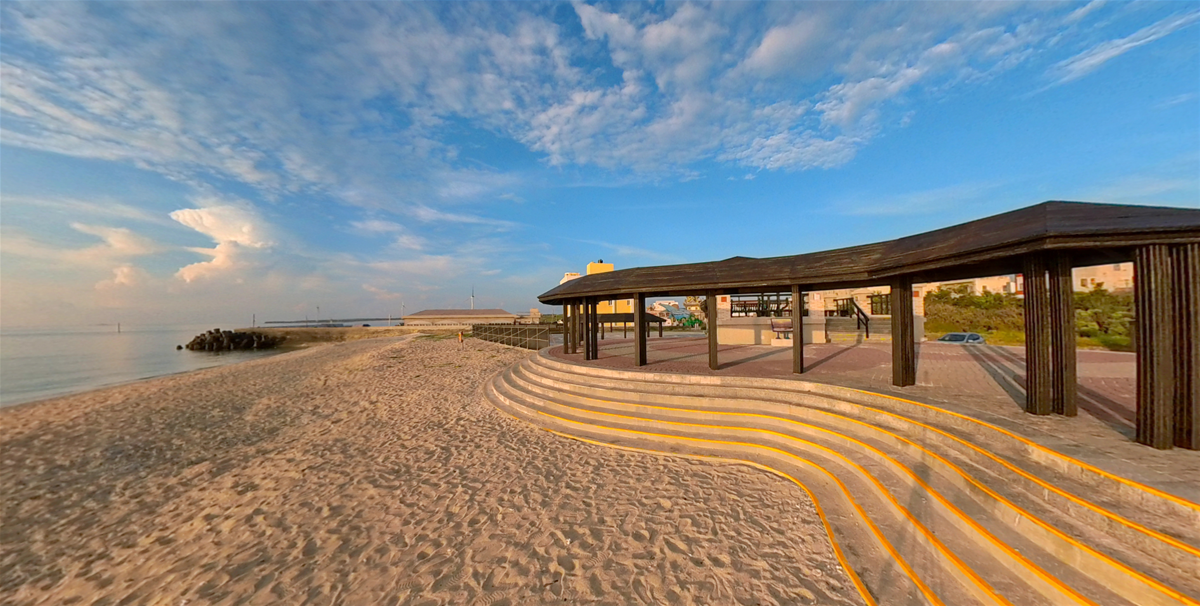Guoye Sunrise Pavilion Introduction
Guoye Village has recently become a famous spot for sunrise viewing and is a quaint fishing village located on the eastern side of Huxi Township. "Guoye" is a common name for a type of plant, scientifically known as Hibiscus tiliaceus. As early as the Ming Dynasty, there was a large area of lush Guoye forest, which made it one of the villages in Penghu named after a plant. Guoye's sunrise is renowned alongside the sunset at Xiyu. The small hill to the northeast of the village is the best location to enjoy the sunrise. Every year during the winter solstice, the activities of ancestor worship by the Guo family in Guoye Village retain the traditional "soft banquet" custom, and the close community interactions with the old Kui Bi Ao village and remnants of gray kilns in the village enhance Guoye's rustic appearance. In this small village, there are many great spots to watch the sunrise. Unlike the sunrise views over layers of clouds in high mountains, the sun in the morning light seems to bounce out of the water, casting red clouds that project various shades of red, reflecting the tranquil beauty of Guoye's sunrise. "Guoye Sunrise" and "Xiyu Sunset" are two of the major scenic spots in Penghu. If you wish to see the sunrise in Guoye, it is recommended to check the sunrise time the night before and allow enough travel time. Since the sunrise lasts for a very short period, you should set out early to avoid getting up in the middle of the night from the warmth of your blankets only to return empty-handed! A tip for visitors: standing by the sea in Guoye and looking east, when the sun rises, due to the angle of the light and the clouds, you may often see an image resembling a mountain city’s mirage.
 Guaye Observation Tower Square for Sunset Viewing
Guaye Observation Tower Square for Sunset Viewing
 Guaye Observatory Entrance
Guaye Observatory Entrance


























